Archaeological discoveries at Thac Hai site, along with the perspectives of researchers, artists, and cultural managers, show that the Central Highlands has never been a closed land, but has always been a place of convergence, exchange, and constant creativity.
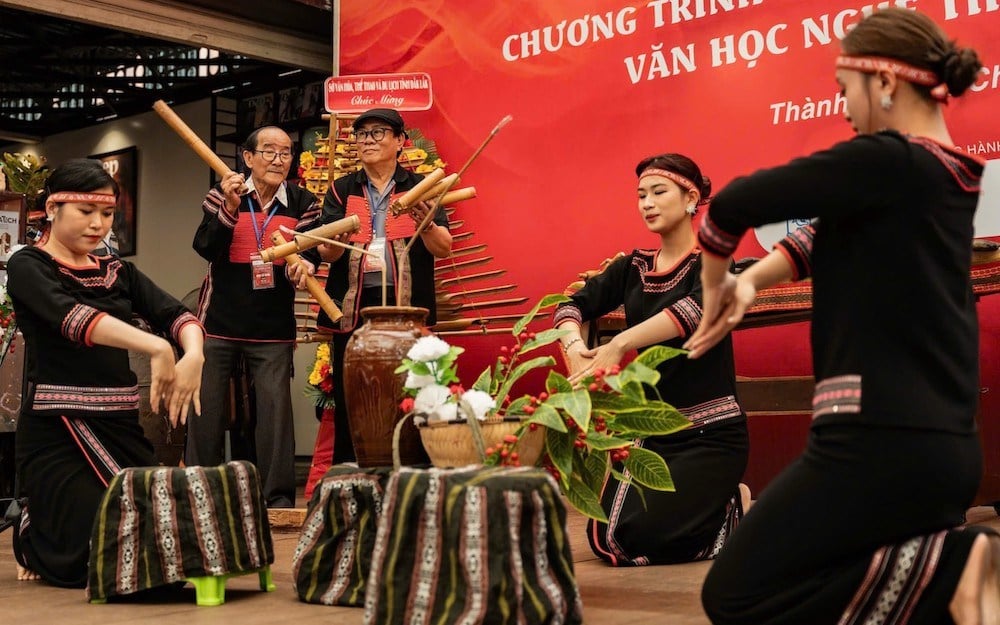
A historical researcher in Dak Lak shared: “I am looking back at the archaeological work taking place at Thac Hai site, an activity that experts are interested in. The excavated specimens show that a scientific production thousands of years ago existed on this land. Dak Lak is not a land surrounded by rugged terrain. In other words, the Central Highlands basically did not stop at the red soil plateau but was connected to the East Sea, the products made here were brought to be consumed somewhere. That means, past generations of the Central Highlands had economic and cultural exchanges far and wide.”
Such a comment implies that the vision of exploring and developing the Central Highlands in the past and present is not limited to the scope of forests, mountains, and steep passes... Is it possible that in the past, there were roads connecting and circulating goods and manufactured products from the Thac Hai relic site to the Central Coast?
In the gong melodies of the Central Highlands people, there are not only the sounds of the great forest, but also the gentle breaths between the fields, the rivers of the delta, and on the beach?
The footsteps of hero Dam San walking towards the Sun Goddess, may not only step on dry trees and rotten grass, but also step on the sandbanks and the desert sandbanks?
Opportunity and context expand!
Mr. Lai Duc Dai, Chairman of the People's Committee of Krong Pac commune (former Deputy Director of the Department of Culture, Sports and Tourism of Dak Lak ) shared that the research and development of Central Highlands culture after the merger of boundaries will need to be viewed more positively.
In the current context, there is no longer a separation between mountains and seas, so the direction of preserving and conserving traditional cultural values for indigenous peoples needs to be re-examined, and new, more creative ways of preserving and promoting them need to be applied.
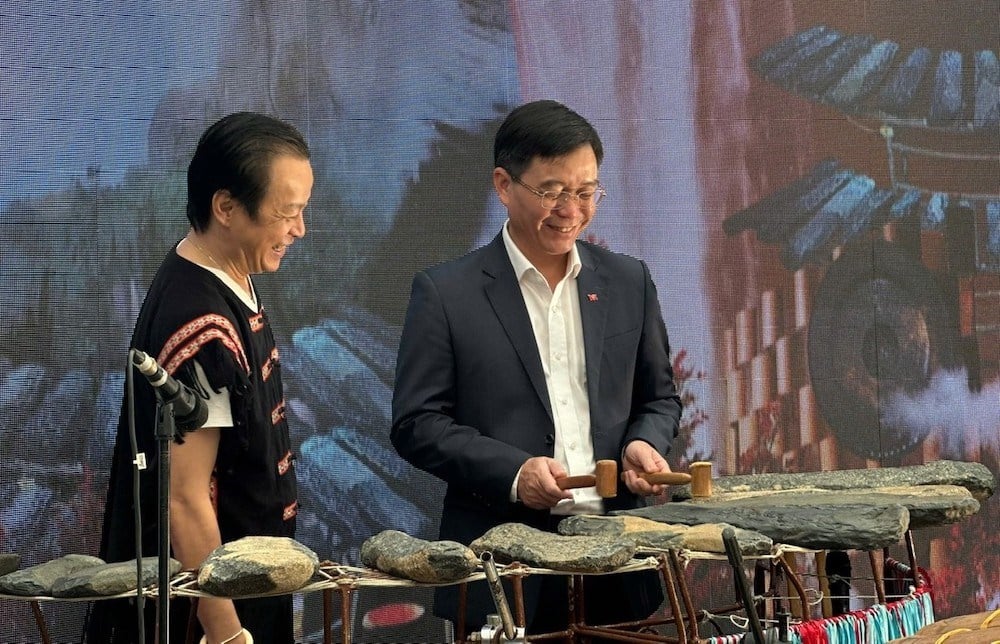
It is a scientific way of thinking that connects traditional values that we have done before, when promoting traditional and indigenous cultural values; with unique regional cultural features, especially the differences between ethnic groups in the two regions.
This combination will create new space for each locality to have more cultural resources, which can be exploited more effectively and help strengthen solidarity in the spirit of local cultural harmony.
Mr. Lai Duc Dai emphasized that the principle of cultural preservation is always associated with the requirement of compatibility with the new and modern, for deeper integration and wider spread. To do so, building the cultural integration process must come from the spirit of respecting traditional identity, knowing how to selectively inherit the quintessence, eliminating backward customs and promoting progressive values suitable for modern society.
It is necessary to identify that culture is not separate from economic and social life, but must go hand in hand and become an endogenous resource for local development. Therefore, after the merger of boundaries, the culture of the Central Highlands needs to expand its operating conditions to better integrate and develop.
The key to expansion is to seamlessly connect traditional culture with modern culture. That is, to firmly grasp and preserve the original values, promote the role of the community, village elders, village chiefs, and artisans; and to research and disseminate local cultural values through international cooperation and exchange, organize tourism activities, upgrade and bring them into cultural preservation environments, through digitization, and through the application of technology.
Technology integration is the door?
According to the report of the Department of Culture, Sports and Tourism of Dak Lak, the two-level administrative model is an opportunity to build more active indigenous cultural programs and activities, ensuring "no overlap - no omission - no over-commercialization".
Because the strictness and specific responsibility from the grassroots level will allow the building of a priority cultural organization model towards socializing conservation work; encouraging businesses, social organizations and individuals to participate.
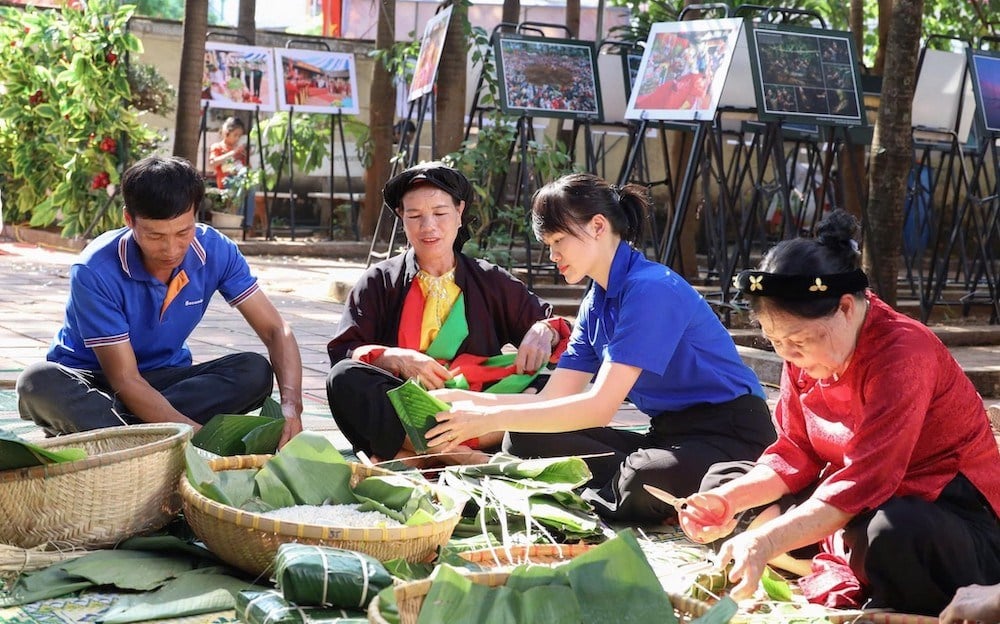
But everything will take place smoothly with the management and direction of the State management agency, directly from the provincial level in terms of government and the Department level in terms of expertise.
When the Department-level cadres are promoted to be specialized and oriented to become "consultants, planners and managers", the ability to support control in terms of expertise and art, the basic factors for development will be especially exploited and applied effectively.
In fact, this in-depth professional supervision will have the opposite effect, stimulating and encouraging artists and artisans to be more enthusiastic and focused on their creations, together reaching the goal of producing products and achievements that are the crystallization of their intelligence.
Mr. Tran Hong Tien believes that the solution to exploit the cooperative relationship between the management sector and individuals and cultural units is to apply technology more effectively. Currently, no one can deny the positive aspects of digital technology products, such as artificial intelligence, or achievements in digitizing storage and promotion tools, etc.
Going beyond these levels, the team of artisans and artists, when using digital tools, combined with management and support from specialized Departments, can achieve better results in terms of tradition, creative works, connecting with the social community, especially issues of copyright, intellectual property, etc.
When this activity is popular, the psychological gap between highland culture and coastal culture, or similar, will gradually narrow. Between cultural workers going back and forth, there will be a common mindset, reaching a common integration, through which, the effectiveness of local administrative management will be further promoted.
At the same time, the work of preserving and promoting traditional cultural values, especially in the current urbanization trend among grassroots regions, is facing many challenges, as the increasingly deep international integration trend will both bring many quintessential world values and face the risk of "cultural invasion".
Therefore, to ensure sustainable indigenous cultural activities, the local cultural sector needs to promote traditional values. This further clarifies the orientation of “returning to the roots” that artists and cultural artisans are very fond of. Accordingly, the opportunities of Central Highlands culture, after the merger changes, have increased and are truly expected to shine!
Source: https://baovanhoa.vn/van-hoa/bai-2-tiep-noi-va-dinh-vi-khong-gian-van-hoa-moi-173418.html








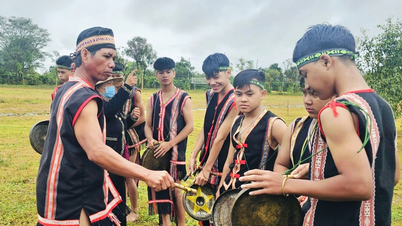


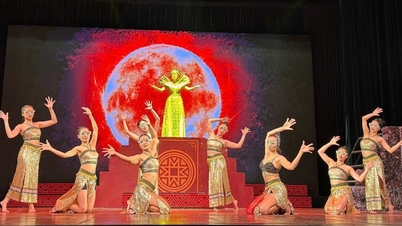





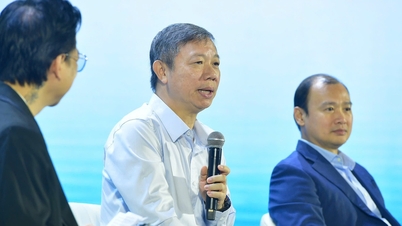



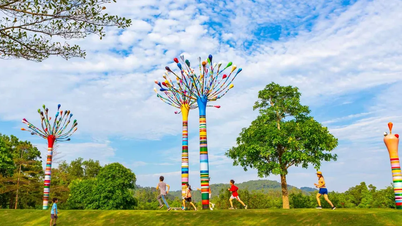



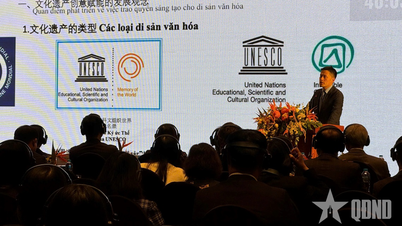





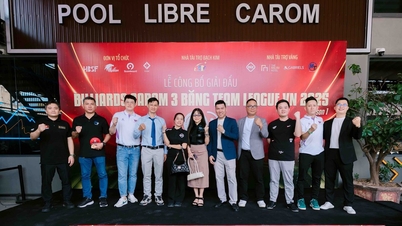
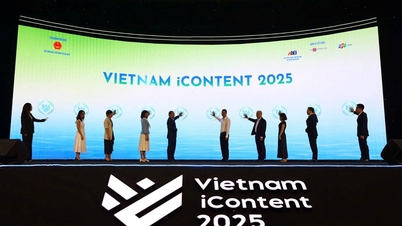
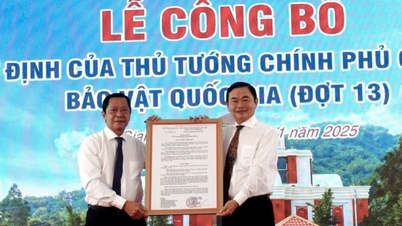
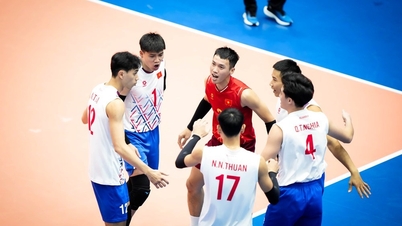


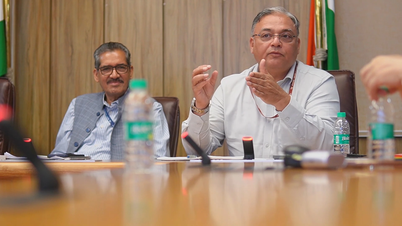
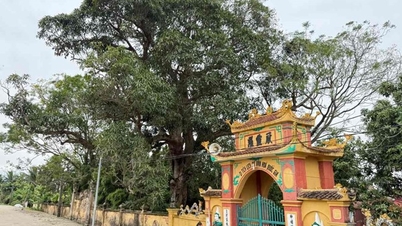

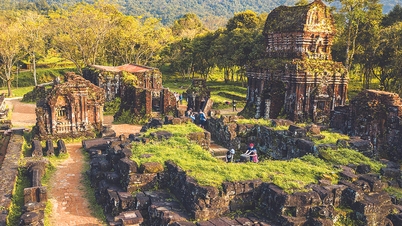

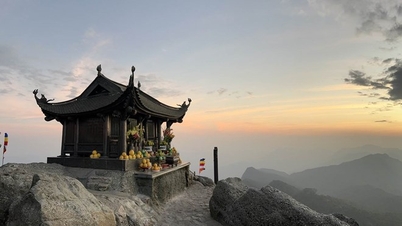
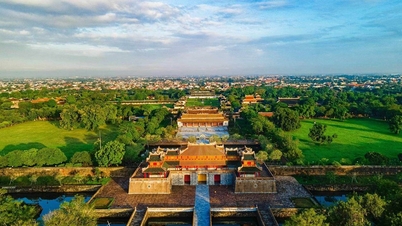
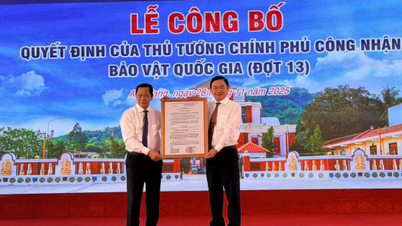

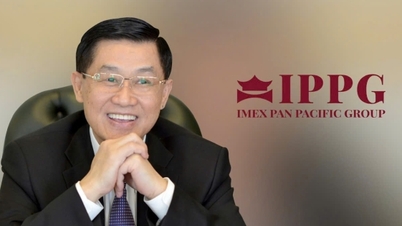

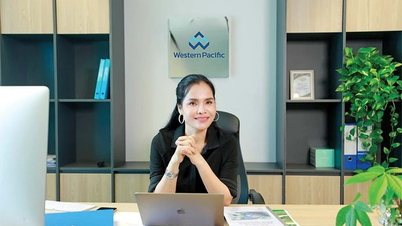

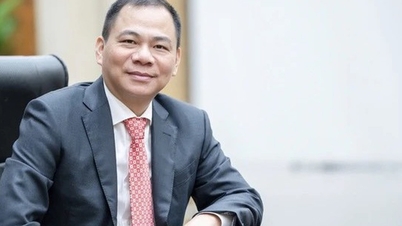
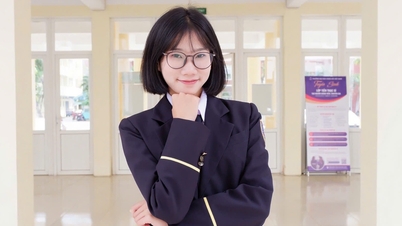


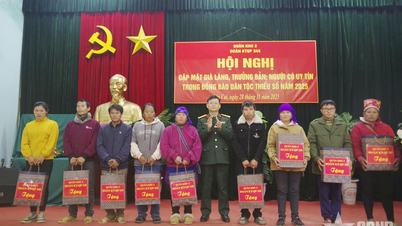





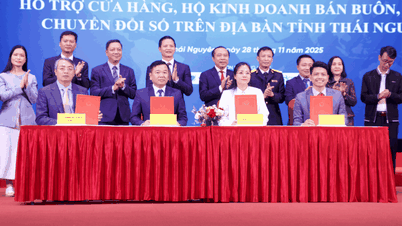

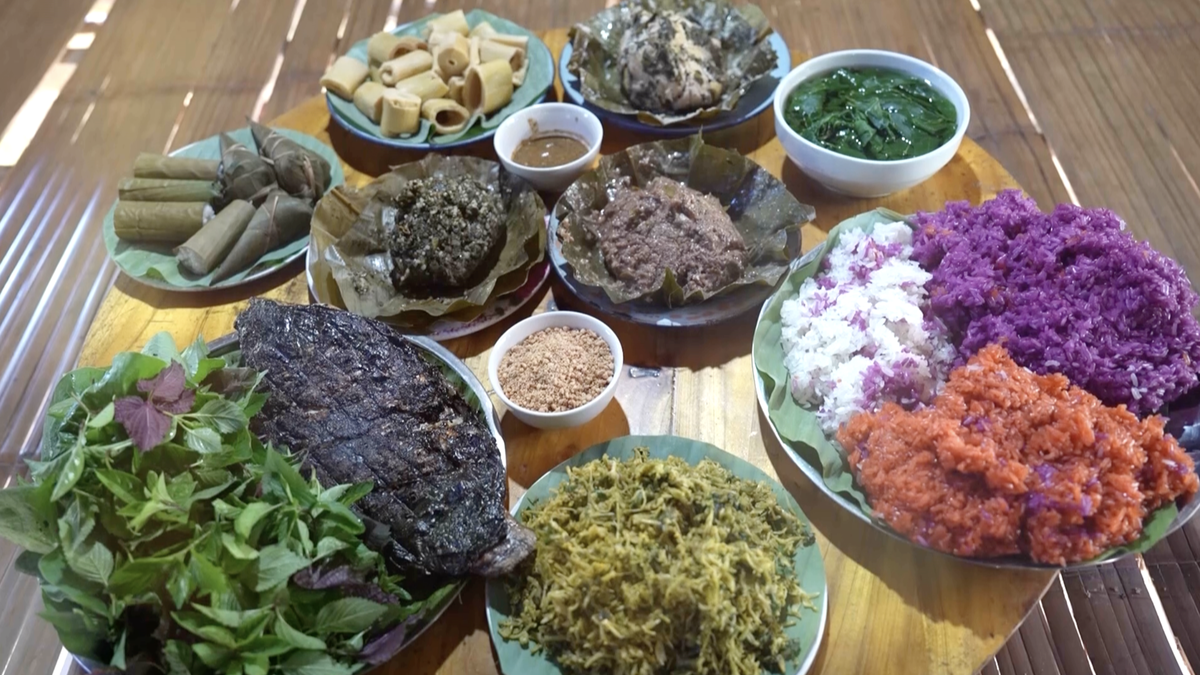







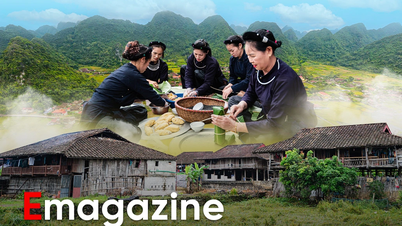

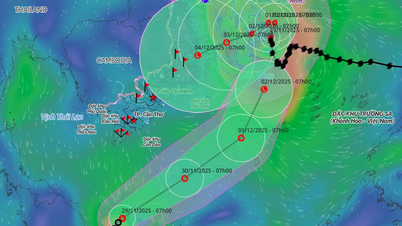
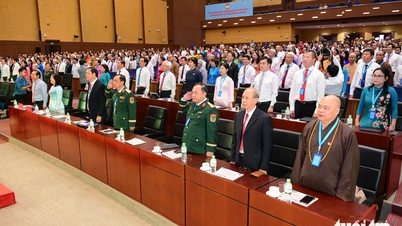
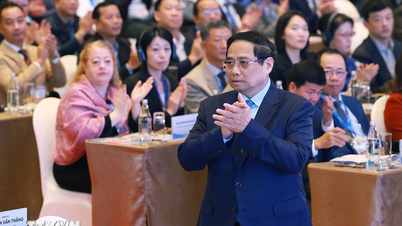

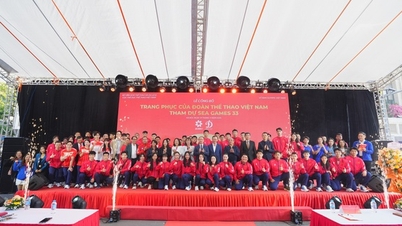


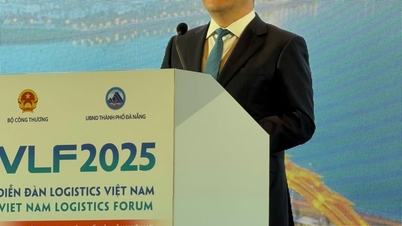
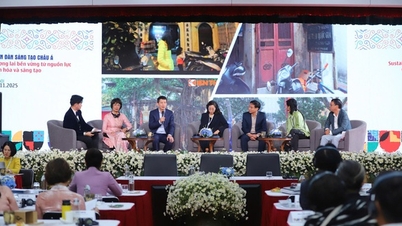
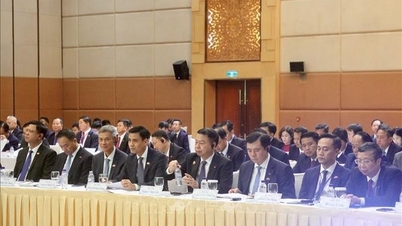
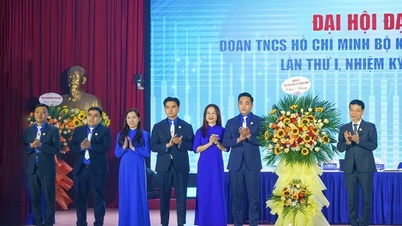

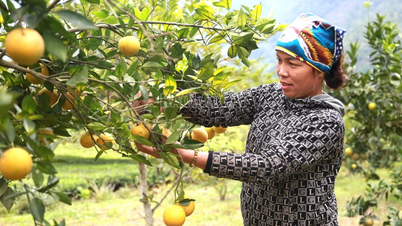

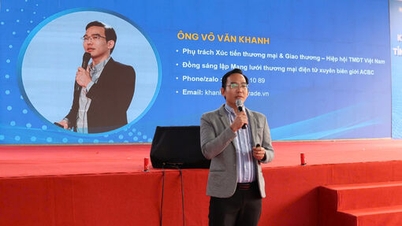

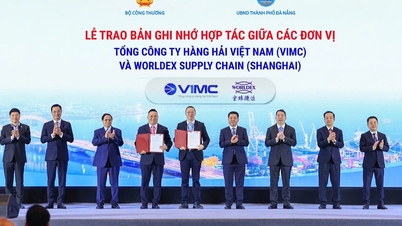

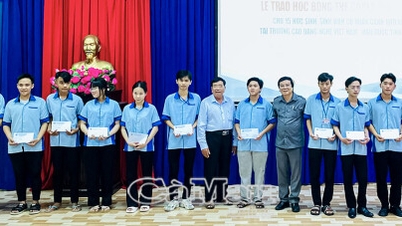

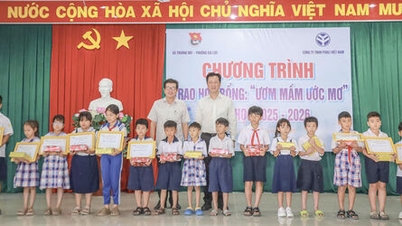
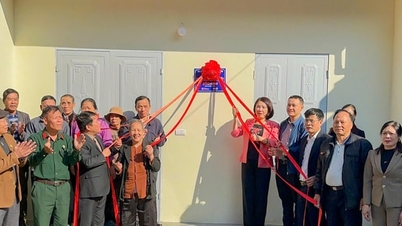







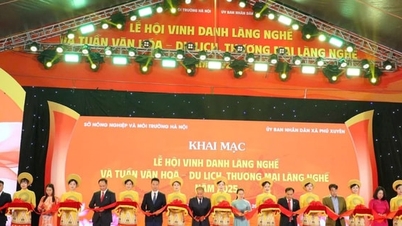

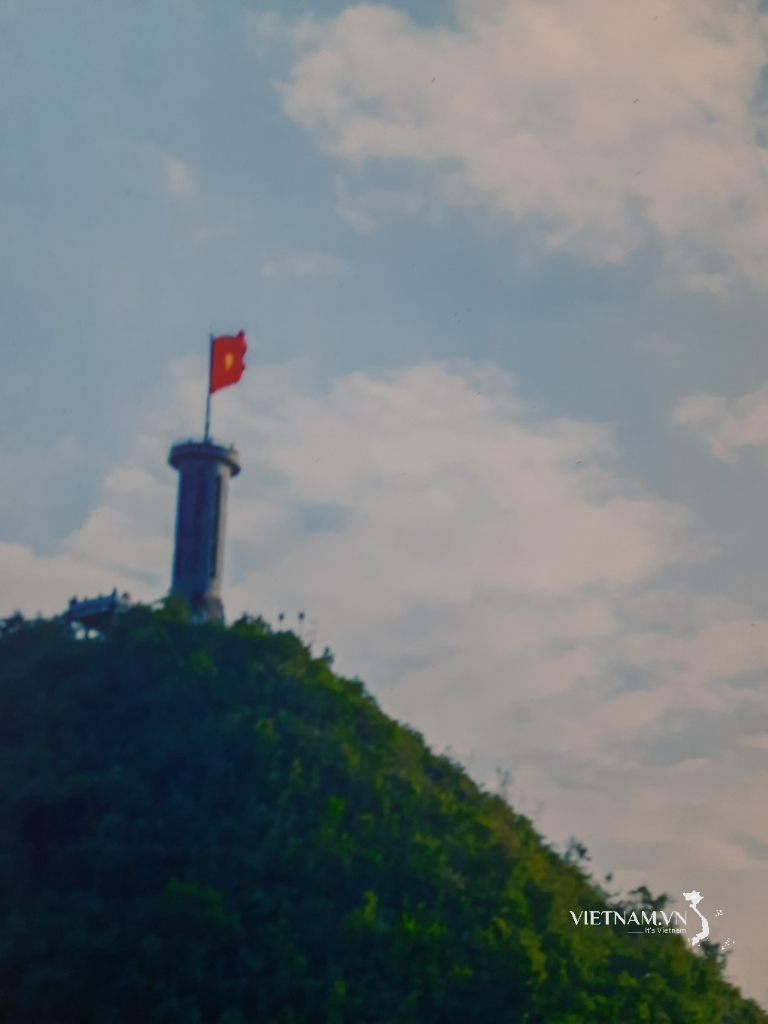

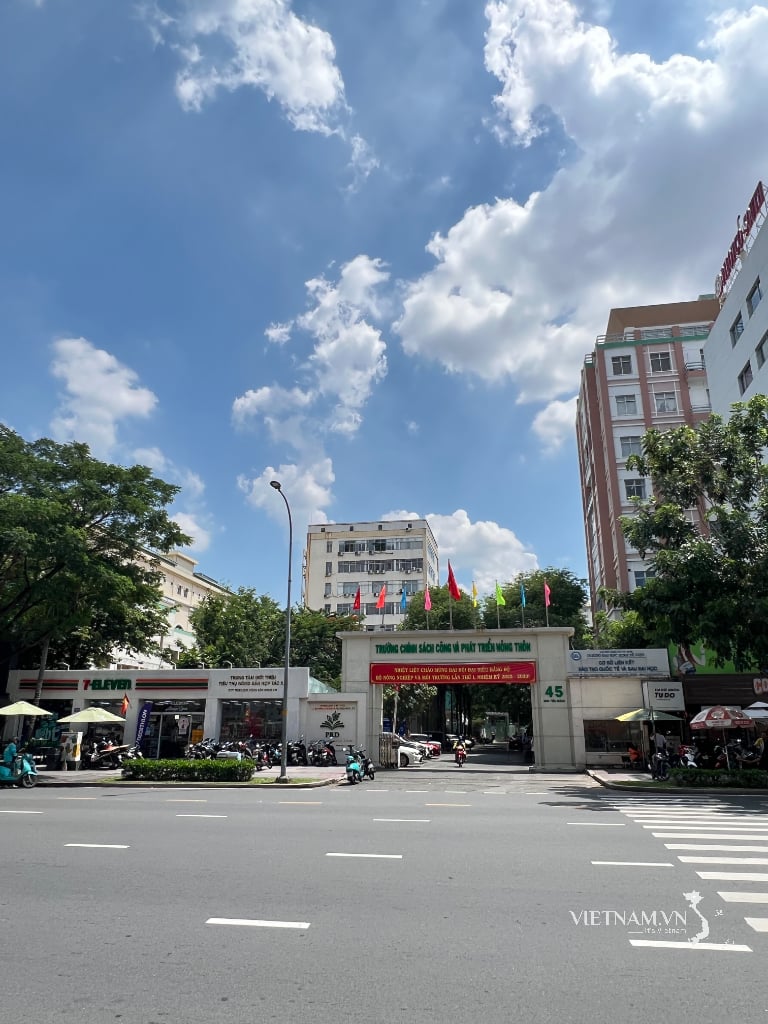

Comment (0)